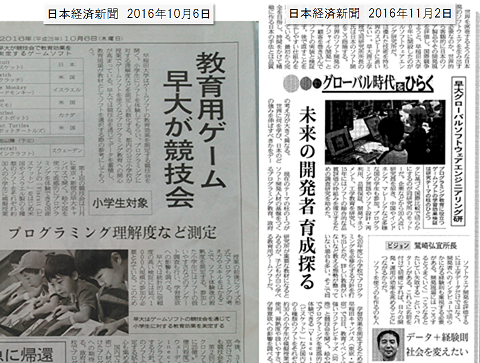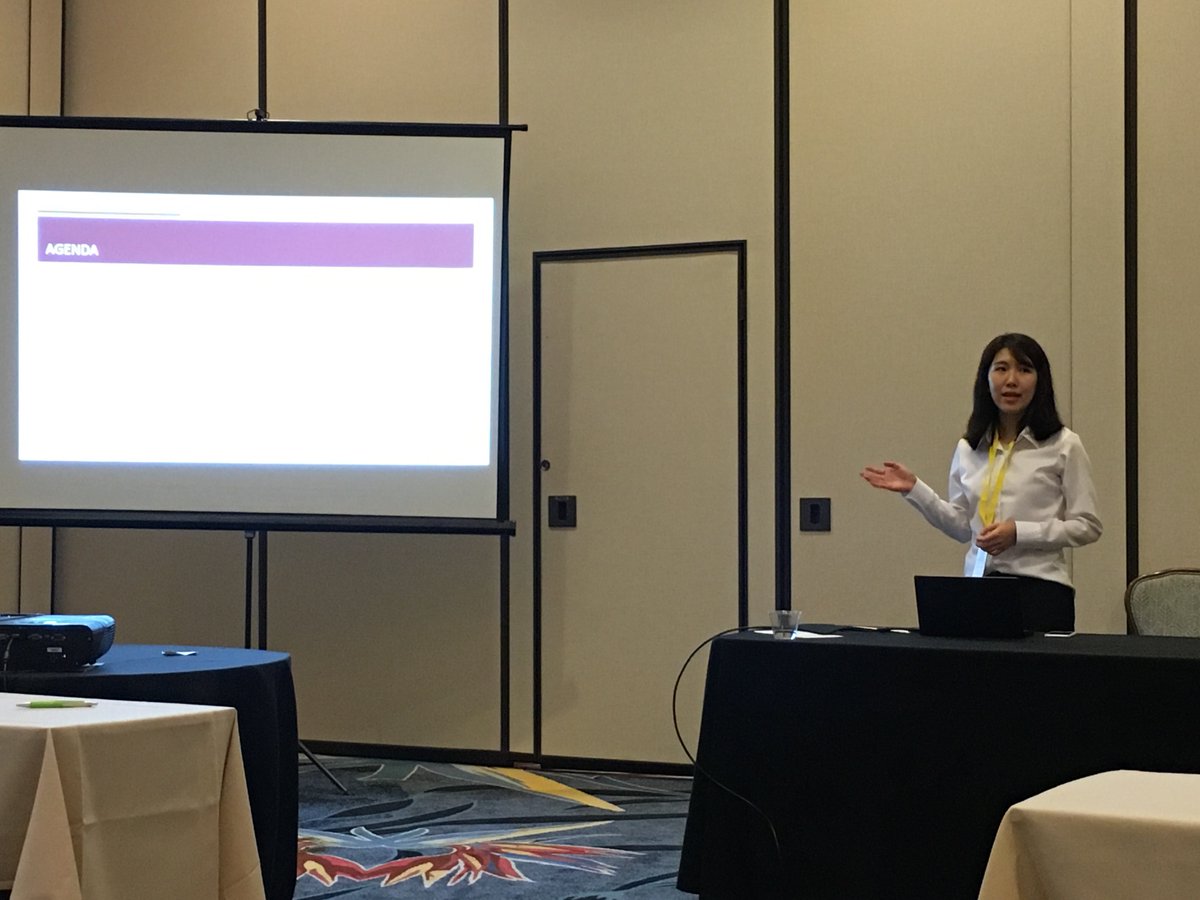In below, I review the last year’s resolution. Moreover, I describe New Year’s Resolution regarding Research Projects, Research Achievements, Community Contributions, and Team Organization.
*Research Projects*
2016: We successfully continued the following 3 projects and launched 2 projects in 2016. In addition, we continued 7+ industrial funded projects with industrial partners. We extended our international research connections incl. Fraunhofer IESE, Ecole Polytechnique de Montreal and Florida Atlantic University. In addition, I took up a post as outside director of SYSTEM INFORMATION CO.,LTD. to promote collaboration and joint research with the company.
G7 Programming Learning Summit 2016- (incorporation with FUJITELEVISION KIDS ENTERTAINMENT, INC. and other supporters): Comprehensive Quantitative and Qualitative Study on Programming Learning Environments.
http://g7.washi.cs.waseda.ac.jp/
TraceANY 2016-2021 (supported by JSPS KAKENHI: Grants-in-Aid for Scientific Research (B)): Tracing any software artifacts at any abstraction levels based on common metamodels including Program Metamodel TAxonomy (ProMeTA).
http://www.washi.cs.waseda.ac.jp/prometa/
CSPM: Cloud Security and Privacy knowledge Metamodel 2015-2017 (supported by IISF SSR Forum): Developing common metamodel for representing and organizing knowledge of security and privacy in cloud computing.
http://www.washi.cs.waseda.ac.jp/?page_id=2728
SQuaRE-based Comprehensive Quality Evaluation of Software Products 2015-2017 (supported by IPA/SEC RISE: Research Initiative on Advanced Software Engineering)
http://www.ipa.go.jp/sec/rise/#02-4
GQM-RG: Goal-oriented Qualitative/Quantitative Measurement and Management Research Group 2013-: Applied and extension researches on GQM+Strategies and related approaches.
https://gqmstrategies.wordpress.com/
2017: We will continue and expand all of the above-mentioned 5 projects in 2017. We will continue 7+ industrial funded projects with industrial partners. Moreover, we have a plan to initiate related projects in the area of IoT/embedded software/systems engineering and artificial intelligence.
*Research Achievements*
2016: We published and presented 5 international journal papers indexed in SCIE, ESCI and DBLP, 22 international conference and workshop papers (incl. 2 at CORE Rank A conferences, 6 at Rank B, and 4 at Rank C), 6 international conference posters, 2 magazine articles and 13 invited talks. Moreover, our research activities have been reported in the media including Nikkei News Paper on Oct 6 and Nov 2. In addition, 1 international journal paper indexed in SCIE, 3 international conference papers (incl. 2 at CORE Rank A and 1 at Rank B), 1 international conference poster and 1 magazine article have been already accepted to be published in 2017.
On 1st Jan 2016, I stated that we hoped to publish 7 journal papers (incl. 3+ international) and 20 international conference and workshop papers (2+ at CORE Rank A and 10+ at Rank B). By considering papers approved to be published in 2017, we almost successfully achieved the goal of number of papers stated. Of course, we believe we can do better and more in 2017.

2017: Having the similar but extended clear vision “establishing software and systems development practices based on solid engineering theory”, we will push forward with research on novel and actionable software and systems engineering methods and tools based on well-defined and validated theory to contribute to software and systems engineering industry and academia in collaboration with 10+ local and global partners. We aim to publish impactful papers at better places: at least 7 journal papers (incl. 3+ international) and 20 international conference papers (3+ at CORE Rank A/A* and 10+ at Rank B). Many of our research achievements in the form of methods, practices and tools shall be continuously used and produce actual values through our local and global partners.
*Community and Professional Contributions*
2016: Thanks to many collaborators and supporters, we contributed to several major programming and engineering contests: ET Robocon 2016 Tokyo Regional Contest, IPSJ SamurAI Coding 2015-16 and 2016-17. We organized and/or hosted many conferences and meetings including AsianPLoP 2016, XP-Matsuri 2016, Minecraft x Education 2016, PyCon JP 2016, and G7 PROGRAMMING LEARNING SUMMIT. Moreover, I played key roles in many societies including ISO/IEC/JTC1/SC7/WG20 Convenor, IEEE Computer Society Japan Chapter Chair, SEMAT Japan Chapter Chair, IEEE ICST 2017 PC Co-Chair and IEEE CSEE&T 2017 PC Co-Chair.
2017: We continue to contribute to IPSJ SamurAI Coding 2016-17, IEEE ICST 2017 and IEEE CSEE&T 2017. Moreover, we will host and/or organize various conferences and meetings including AsianPLoP 2017 on Mar 12-13, IWESEP 2017 on Mar 13, SIGSE meeting on Mar 12-13, ICST 2017 on Mar 13-17, ET Robocon 2017 Tokyo Regional Contest on Aug-Oct and PyCon JP 2017 on Aug-Sep. These event and community organizations give us good opportunities to publicize our research achievements and contribute to the outer world and expand our network. Moreover, I continue to serve as ISO/IEC/JTC1/SC7/WG20 Convenor, IEEE Computer Society Japan Chapter Vice Chair and SEMAT Japan Chapter Chair to lead the professional society and standardization in computer science and software/systems engineering.
*Team Organization*
2016: I was promoted to Professor of Waseda University on April 1st, and received Computer Research Contribution Award from APSCIT on December 24th. We had several new international students from China, Myanmar and Germany in 2016.
2017: Like last year, we expect some new students coming from several countries. Our team is growing and having more diversity in national origins, backgrounds and mindsets. Such diversity contributes to our team in various aspects such as creativity to advance the above-mentioned projects and professional contributions.
Hironori Washizaki
Professor, Director of Global Software Engineering Laboratory, Waseda University
Visiting Professor, National Institute of Informatics
Outside Director, SYSTEM INFORMATION CO.,LTD.





